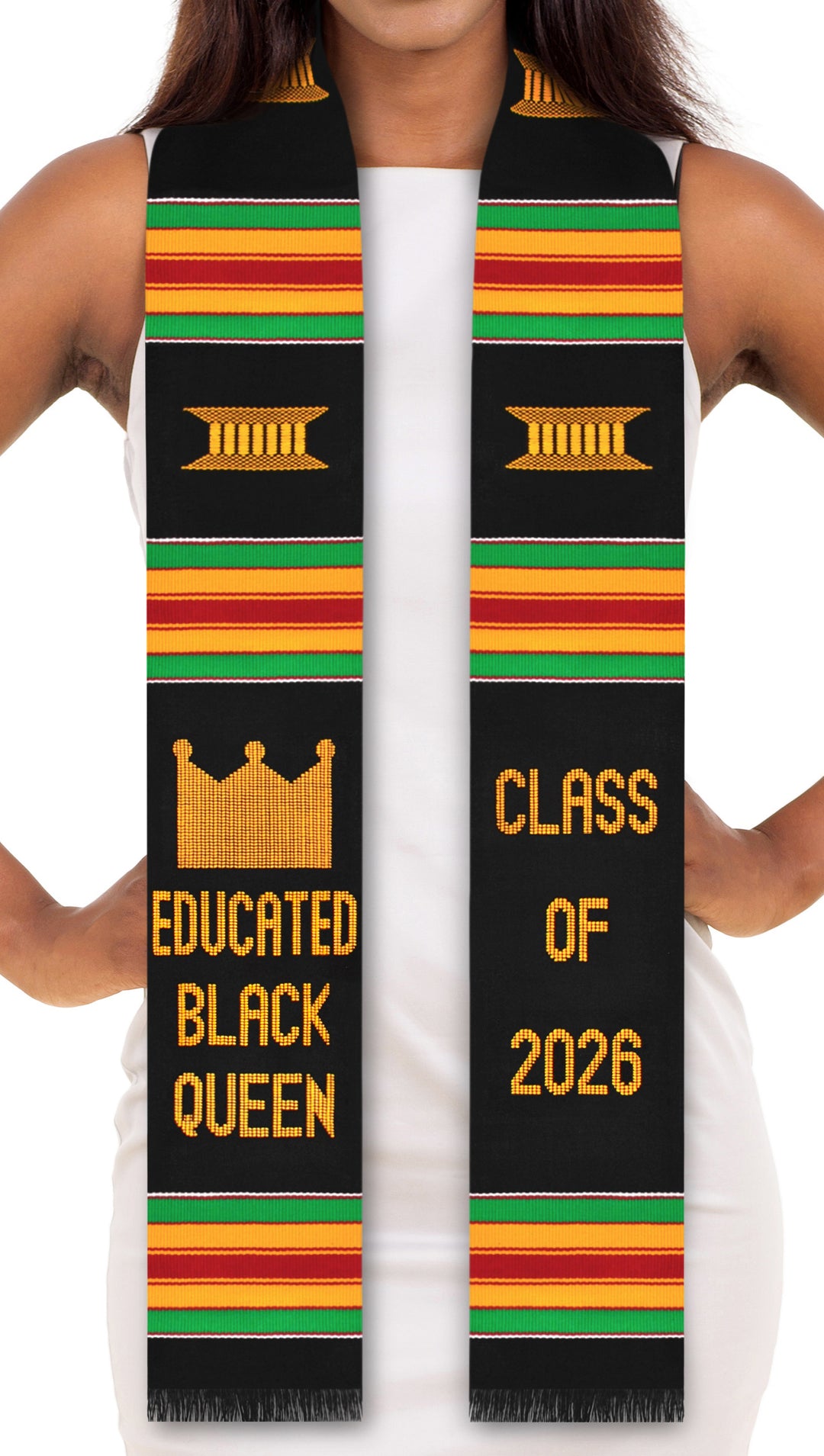Who gets a graduation stole? Can anyone wear a graduation stole?
At high school and college graduations around the world, select students will stand out from the matching outfits of their peers, adorned with a sash-like, ornate garments called graduation stoles that hang behind their necks and drape over their shoulders. While honored participants, like commencement speakers, valedictorians, and salutatorians are the most recognizable wearers, Graduation stoles can have many other representations as well.
At high schools, wearing a graduation stole may signify an academic achievement, like belonging to an honor society or involvement in student council. Participation in extracurricular activities, such as language clubs, science clubs, or volunteer efforts, may also earn a student the privilege of walking with a graduation stole. Typically, the administration at each high school will determine which students are qualified to wear a stole.
At the college and university level, stoles often signify a graduate’s belonging to a particular field of study. In fact, many educational institutions worldwide recognize a single color standard to represent the same academic disciplines throughout. Considering that a stole can represent any major, all four-year college graduates technically qualify to wear a graduation stole at their ceremony. Members of Greek society are also identified by the unique stoles of their fraternities and sororities.
Graduation stoles can carry cultural significance as well. At schools around the world, graduates of African descent are ceremoniously donning Kente stoles, fashioned in the centuries-old weaving tradition from modern day Ghana. To them, wearing a Kente stole represents a pride in their heritage, as well as the obstacles overcome to reach their momentous achievement.
































